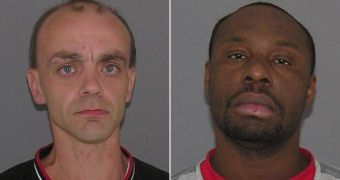A man has been convicted for murder in Ohio after his victim was videotaped identifying him by blinking to answer detectives' questions.
According to a report by the AP, 35-year-old Ricardo Woods has been found guilty on murder and felonious assault charges in the case of David Chandler.
Chandler was shot on October 28, 2010, while he was sitting in his vehicle in Cincinnati. He incurred wounds to his head and neck and succumbed to his injuries on November 2.
According to ABC News, the defense filed a motion to ban the footage of Chandler's blinking testimony from court but a Hamilton County Court judge overruled said motion.
Chandler was shown a photo of Woods and communicated to police officers that he was the shooter.
Attorney Kory Jackson argued that the testimony was not conclusive since the victim was confused and he was not answering all the questions as instructed.
“Police set up these rules, and they asked him a series of questions.
“There are times he doesn't blink at all in response to questions, there are times he blinks more than three times. So it is often unclear what exactly he is trying to communicate,” Jackson says.
Jackson adds that the police influenced the witness while he was in poor health. He was only shown a single shot, which was that of the defendant, as opposed to following the guidelines of a line-up.
“They planted the idea in his mind, and then asked him to respond.
“It is improperly suggestive. That causes false identifications more often than not,” the attorney argues.
Two witnesses were in the same car with Chandler at the time of the shooting, and they didn't pinpoint the suspect during a line-up.
“Eyewitness misidentification is the leading contributing case of wrongful convictions, present in 75% of our 303 DNA exonerations,” notes Karen Newirth, pursuing a fellowship on eyewitness identification at the Innocence Project.

 14 DAY TRIAL //
14 DAY TRIAL //